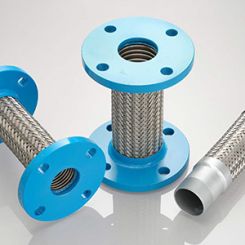Save wiring time, complexity, space and material costs.
Eaton
06/13/2017
Modern motor protection solutions provide added value compared to traditional overload relays. Today’s motor management relays offer not only the most advanced protection and monitoring options, but also customized starter control. Read on to learn more about how motor management relays save wiring time, complexity, space and material costs.
What Is a Motor Management Relay?
A motor management relay can both control and protect the motor. This eliminates the need to wire complex circuits to achieve desired control functionality. These relays can be configured for multiple control sources and starter profiles. All control signals are sent directly to the relay, with the contactor output changing state based on both control and protection (See Figure 1). Figure 1. Basics of a motor management relay (Graphics courtesy of Eaton)
Figure 1. Basics of a motor management relay (Graphics courtesy of Eaton) Figure 2. Conventional starter control wiring: direct starter with local start/stop, auto circuit and status LEDs
Figure 2. Conventional starter control wiring: direct starter with local start/stop, auto circuit and status LEDs  Figure 3. Motor management relay wiring: direct starter with local start/stop, auto circuit and status LEDs
Figure 3. Motor management relay wiring: direct starter with local start/stop, auto circuit and status LEDs Figure 4. Motor management relay wiring: direct starter with local start/stop via fieldwire, auto circuit and status LEDs
Figure 4. Motor management relay wiring: direct starter with local start/stop via fieldwire, auto circuit and status LEDs
